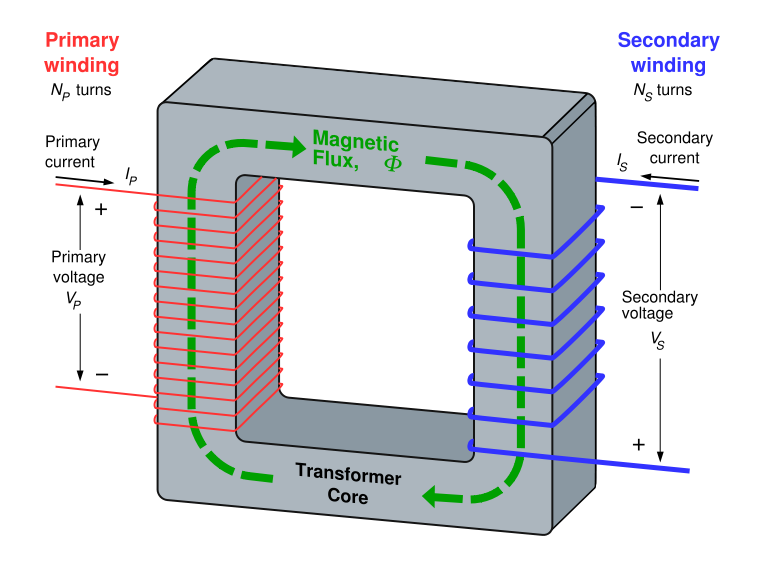Voltage Meaning Science

This is known as ohm s law.
Voltage meaning science. Voltage also called electromotive force is a quantitative expression of the potential difference in charge between two points in an electrical field. The ways in which current and voltage are measured are seen. A potential difference voltage across an electrical component is needed to make a current flow through it. Current voltage and resistance current is the rate of flow of electric charge.
Voltage is the rate at which energy electricity or electromagnetic forces are drawn from a source. Noun the specific amount of electricity available in a circuit is an example of voltage. If a unit of electrical charge were placed in a location the voltage indicates the potential energy of it at that point. The si unit for current is the ampere sometimes just called an amp which is defined as a flow of 1 coulomb per second also written as 1a.
The voltage is equivalent to the water pressure the current is equivalent to the flow rate and the resistance is like the pipe size. It says that the current is equal to the voltage divided by the resistance or i v r. Voltage is a representation of the electric potential energy per unit charge. In other words it is a measurement of the energy contained within an electric field or an electric circuit at a given point it is equal to the work that would have to be done per unit charge.
The greater the voltage the greater the flow of electrical current that is the quantity of charge carriers that pass a fixed point per unit of time through a conducting or semiconducting medium for a given resistance to the flow. There is a basic equation in electrical engineering that states how the three terms relate. Voltage definition electromotive force or potential difference expressed in volts. This clip explains how current is the flow of electrons around a circuit and voltage is the energy released by electrons.


















